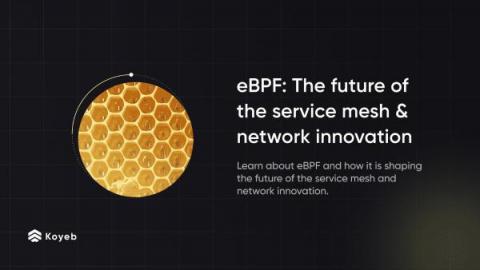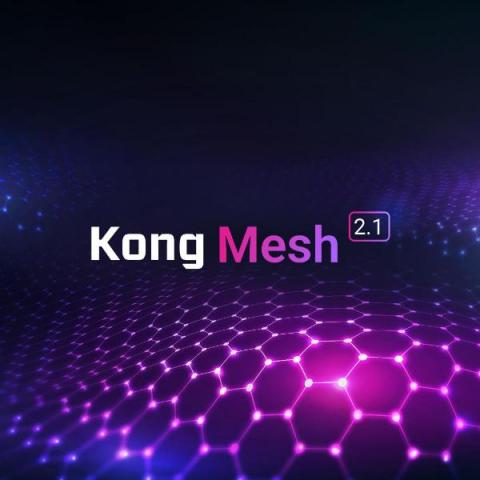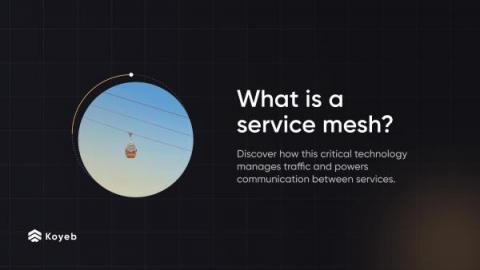Leveraging Mesh Global Rate Limit Policy in Kong Mesh 2.3
In today’s interconnected and dynamic world of microservices, ensuring optimal traffic management and protection against malicious attacks are critical. Rate limiting, a popular mechanism for controlling request flow, gets more effortless with the introduction of Global Rate Limiting in Kong Mesh. In this blog post, we’ll explore this exciting new feature and its benefits in detail.











